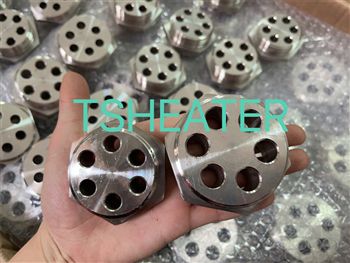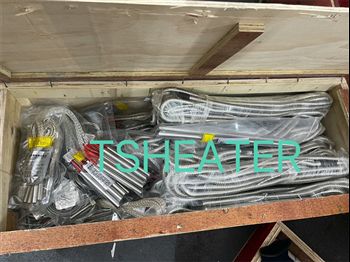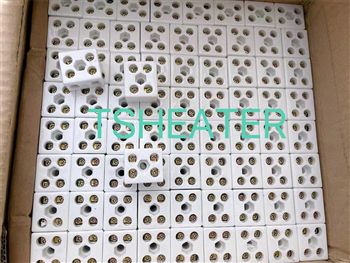
Nov 10 2022

Nov 15 2022

Nov 17 2022

Nov 18 2022
When industrial thermocouples are used, how do the on-site technology detect the quality of thermocouples? Here are 5 tips for you:
1. Observe with the naked eye whether the protective tube is corroded or not, whether it is leaking or not.
2. Measure the resistance value with a multimeter. A resistance of more than 100K is bad.
3. Use a multimeter to measure on-off. The assembled thermocouple resistance is generally no more than 2 ohms, and the wire-type resistance is generally not more than 50 ohms. Generally greater than 1K can be determined to be broken.
4. Measure the voltage at both ends with a multimeter millivolt file. If there is no voltage, it is bad.
5, using the multimeter ohm measurement method to measure, adjust the resistance, turn on both ends, use a lighter to burn slightly, if the pointer of the multimeter becomes significantly larger or smaller, this means that the indicator is good, the pointer does not move, the thermocouple is already bad. It is.
For the installation of thermocouples, attention should be paid to the accuracy of temperature measurement.
Safety can be tested and maintained easily, and does not affect equipment operation and production operations. To meet the above requirements, pay attention to the following points when selecting the installation location and insertion depth of the thermocouple:
1. In order to ensure sufficient heat exchange between the measuring end of the thermocouple and the measured medium, the measuring point position should be reasonably selected to avoid installing thermocouples or thermal resistors near the dead angle of valves, elbows and pipes and equipment.
2. Thermocouples with protective sleeves have heat transfer and heat loss. To reduce measurement errors, thermocouples should have sufficient insertion depth:
(1) For thermocouples that measure the temperature of the fluid at the center of the pipe,
Generally, the measuring end should be inserted into the center of the pipe (vertical or inclined installation). If the pipe diameter of the fluid to be tested is 200 mm, the depth of the thermocouple insertion should be 100 mm;
(2) For the temperature measurement of high temperature and high pressure and high speed fluid (such as main steam temperature), in order to reduce the resistance of the protective sleeve to the fluid and prevent the protective sleeve from breaking under the action of the fluid, the protective tube may be inserted in a shallow insertion manner or a hot sleeve. Thermocouple, shallow-plug thermocouple protection sleeve, the depth of insertion into the main steam pipe should not be less than 75mm; the standard insertion depth of the thermo-sleeve thermocouple is 100mm;
(3) If it is necessary to measure the temperature of the flue gas in the flue, even though the flue diameter is 4 m, the thermocouple insertion depth is 1 m;
(4) When the insertion depth of the measuring element exceeds 1 m, it should be installed as perpendicular as possible, or the support frame and the protective sleeve should be added.